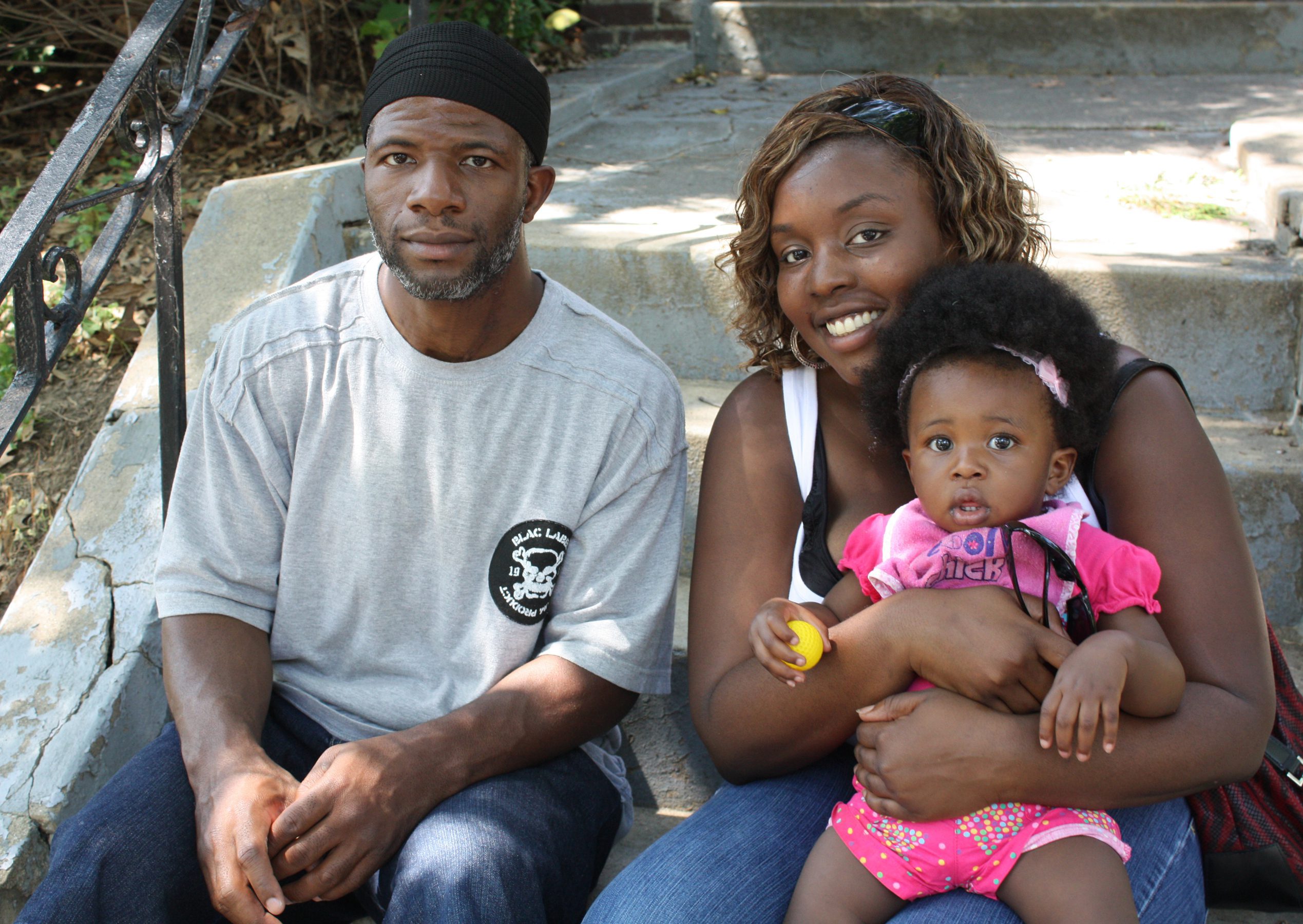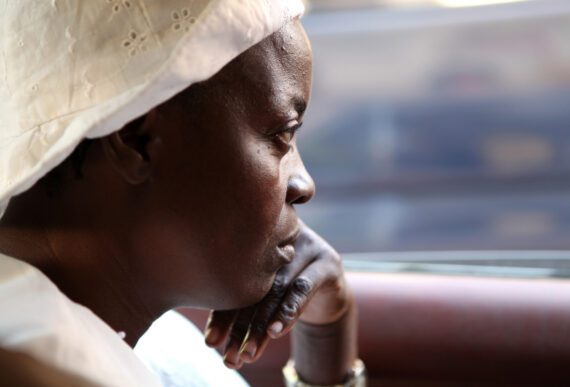By Marlysa Thomas, Bread for the World Institute
Even in the wake of what looks like a recovering economy, the African-American community still faces high levels of hunger and poverty. Employment statistics from the Department of Labor show the economy bouncing back from the recession, but African-Americans are still about twice as likely to be unemployed – a ratio that has remained the same since the civil rights era.
While the national rate has fallen to 5.0 percent, among African-Americans, the rate is twice as high at 10 percent. African-Americans are also more likely to work in low-wage jobs. In combination, higher unemployment and lower pay make African-Americans more likely to experience food insecurity.
This combination also positions African-Americans to be nearly twice as likely to live in poverty as the general population (26 percent, compared to the national average of 14.8 percent). We expect the number of African-Americans actually experiencing poverty to be even higher, since the poverty line measure does not capture all families struggling to make ends meet. Contrary to what one might expect, the poverty line does not mean “the minimum amount it takes to support a family.” In 2015, the poverty line was about $24,000 a year for a family of four. Of course, the cost of living varies across the country, but researchers conclude that on average, a family needs at least 200 percent of the poverty level to meet its “basic needs,” including food, clothing, shelter, transportation, child care, and health insurance.
In other words, the truer cost for a family of four living above poverty is $48,000—almost double our current measure. The “fight for 15,” a campaign advocating an increase in the minimum wage to $15 an hour, would bring families closer to this truer cost of living. Since African-Americans disproportionately have lower-wage jobs, this increase would support many low-income African-American households. Under this policy, a parent working full-time, year-round would earn $31,200, or about two-thirds of the cost to meet a family’s basic needs. This family would still be struggling but would have a lower chance of facing food insecurity.
We still have a lot of work to do as a nation. With the need to accurately identify the number of families experiencing poverty, increase the minimum wage, and bring the nation to full employment, we see that the economic recovery is not truly “recovering” every community. Moreover, this recovery is especially leaving behind the populations most affected by low wages, unemployment, and poverty, like the African-American community. Yet this reality is not being lifted up as a priority by either political party in the 2016 elections. Instead, many candidates seem to discuss “improving America” very broadly without sharing details of a plan to end hunger and poverty—especially among the groups hardest hit, including the African-American community.
Not making hunger and poverty a top priority during the 2016 election campaigns, and failing to address the racial and gender disparities that exacerbate hunger and poverty for communities hardest hit, would be a costly mistake for our country.
If candidates fail to address food insecurity and acknowledge the crucial interplay of racial and gender disparities, then one major cost would be food insecurity continuing to cause deteriorating health conditions for lower-income communities of color. In Bread for the World Institute’s 2016 Hunger Report: The Nourishing Effect, there is increasing evidence of the connection between food insecurity and medical problems such as obesity and diabetes—two health complications that are more likely to affect food-insecure African-Americans. At the end of each month, when food insecurity is particularly high because families run out of grocery money, there is a correlating spike in hospital visits.
In a recent fact sheet on “Hunger and Poverty in the African-American Community,” 55 percent of African-Americans reported paying for healthcare expenses on a credit card and 34 percent reported not seeing a doctor because they did not have the money. The majority, if not all, of these families are experiencing poverty and food insecurity. As a result, people develop health problems that in turn cost money to treat. Getting medical care puts them at higher risk of food insecurity, but leaving the condition untreated risks worsening health problems. This vicious cycle drives low-income households into debt and makes it even harder to build a secure financial future. And not surprisingly, it’s a cycle that disproportionately impacts low-income African-Americans.
But it’s more than just a “health” problem, or “lack of food” problem, or even “employment” problem. It is a national problem that has been created by economic and racial disparities—one that is impacting multiple facets of life for the African-American community. Our presidential candidates not only need to raise hunger and poverty as priority issues for their campaigns, but also highlight the importance of eliminating hunger and poverty among racially marginalized groups such as African-Americans. Not doing so will widen the gaps that we already see in mass incarceration, debt levels, educational attainment, health conditions, and income levels—all contributing factors to poverty and hunger in the African-American community.
So, while it is nice that our nation is in an economic recovery, per se, our candidates should fully recognize that not every community is recovering. As such, they should be prepared to propose a plan to help the most vulnerable communities not only recover, but reach financial and food security.
Marlysa Thomas is domestic advisor of policy and programs for specific populations at Bread for the World Institute.



